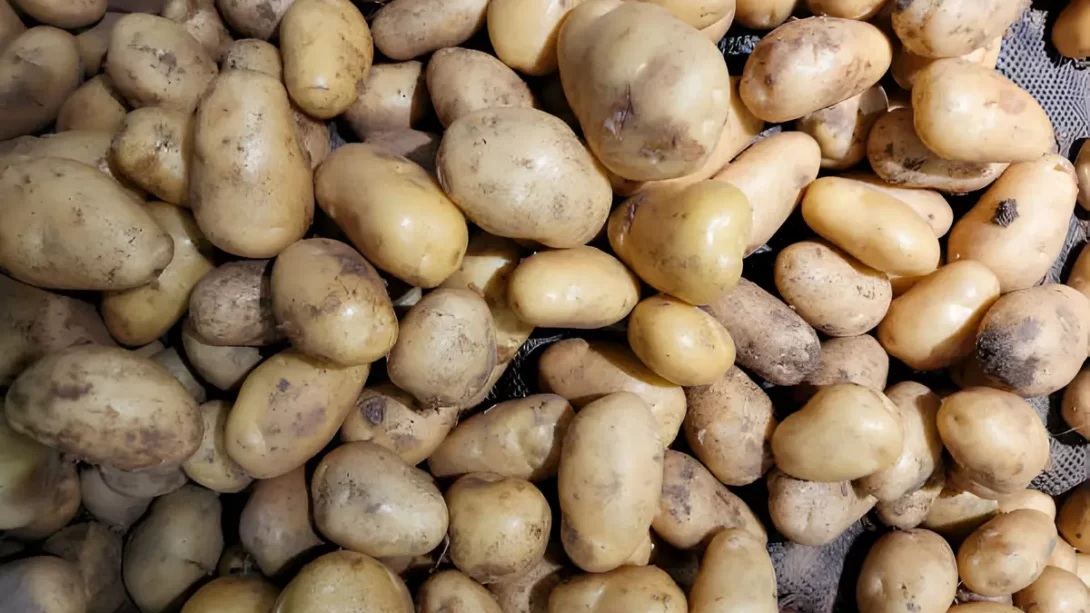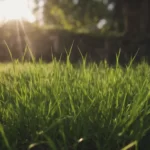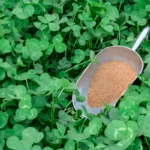Seed potatoes are not just any potatoes, but those specifically selected for growing new potato plants. Their proper storage is crucial for maintaining their quality and ensuring a successful crop in the next growing season. This article delves into the methods and conditions necessary for effectively storing seed potatoes, providing a guide to gardeners of all skill levels.
Selecting the Right Seed Potatoes for Storage
The first step in storing seed potatoes is choosing the right ones. Select firm, healthy potatoes with no signs of rot or disease. The size of the potato does not necessarily impact its viability as a seed, but consistency in size can be beneficial for uniform growth. Opt for disease-free potatoes, as diseases can spread during storage, ruining your entire stock.
Preparing Seed Potatoes for Storage
Before storage, seed potatoes require some preparation. Start by gently cleaning them to remove soil, taking care not to damage their skins. Then, cure the potatoes by placing them in a dry, well-ventilated area for about two weeks. This curing process allows the skin to toughen up, which helps prevent rot and extends the potatoes’ shelf life during storage.
Ideal Storage Conditions
Creating the right environment for storing seed potatoes is essential. The ideal temperature range is between 35°F and 40°F. If the temperature falls below this range, the potatoes can freeze, and if it goes above, they may start to sprout prematurely. Humidity is also crucial; aim for 80-90% to prevent the potatoes from drying out. Additionally, store seed potatoes in a dark place, as light can trigger sprouting and lead to the development of solanine, a toxic compound.
Storage Methods and Containers
There are various methods and containers suitable for storing seed potatoes. Common options include wooden crates, cardboard boxes, mesh bags, or burlap sacks. Each has its advantages; for instance, crates and boxes allow for stacking and good air circulation, while bags are more space-efficient. Ensure that the storage container allows for some air circulation to prevent moisture buildup, which can lead to rot.
Monitoring and Maintenance During Storage
Regular monitoring is key to successful storage. Check your seed potatoes every few weeks for signs of spoilage, such as soft spots or mold. If sprouts do begin to form, they can be gently rubbed off if you plan to store the potatoes for a while longer. However, be careful not to damage the skin. Adjust temperature and humidity as needed to maintain optimal storage conditions.
Preparing Seed Potatoes for Planting
As planting season approaches, it’s time to prepare your seed potatoes for the ground. Start by removing them from storage and inspecting each one. Discard any that have rotted or show signs of disease. If your seed potatoes are large, you might consider cutting them into smaller pieces, each with at least one or two eyes (buds). Be sure to use a clean, sharp knife to avoid introducing diseases.
The Process of Chitting
Chitting is the process of encouraging seed potatoes to sprout before planting. This is especially useful in colder climates, as it gives the potatoes a head start. To chit potatoes, place them in a cool, light-filled room, ideally between 50°F and 60°F. Arrange them in a single layer in a tray or egg carton with the majority of eyes facing upward. Within a few weeks, you should see sturdy sprouts forming.
Final Thoughts
Proper storage of seed potatoes is a simple yet critical aspect of gardening that can significantly impact your harvest. By selecting the right potatoes, preparing them carefully, maintaining ideal storage conditions, and preparing them correctly for planting, you can ensure a robust start to your growing season. Remember, gardening is a learning experience, so don’t hesitate to experiment with different storage methods and techniques to find what works best in your environment.
Your success in growing potatoes begins with how well you store your seed potatoes. Embrace this part of the gardening process, and you’ll be rewarded with a bountiful harvest.




